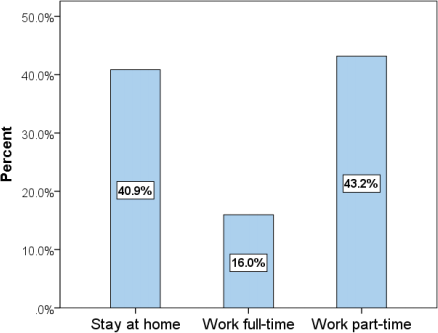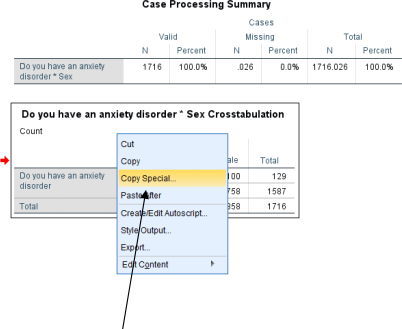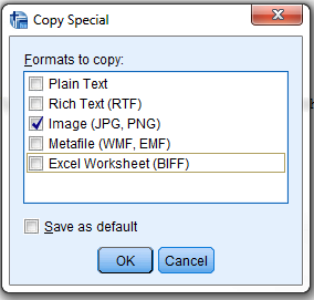SOC202H1S Introduction to Quantitative Research Methods Lab Assignment Template
Hello, dear friend, you can consult us at any time if you have any questions, add WeChat: daixieit
Introduction to Quantitative Research Methods
Lab Assignment Instructions
Tutorials take place every week either in FE-36 (basement level of Sociology Department, 725 Spadina Ave), or online (if FE-36 is not deemed to be pandemic-safe). During tutorials, the teaching assistant or instructor will get you started on the lab assignments using SPSS, help you with the exercises, and provide guidance on how to interpret the results. You will work on the lab assignments during tutorials, but you may need to spend some time outside of the tutorials to complete the assignments. Please ensure that you have access to your textbook during each tutorial session.
General Learning Objectives and Expectations
For the lab assignments, you will be asked to perform different types of calculations, perform statistical tests and create graphs using the statistical software package SPSS. The results (or “output”) obtained with SPSS form the basis for completing the lab assignments. One goal of the tutorials is for you to learn how to use SPSS to conduct statistical analyses. However, this is just the first step. The central part of the lab assignments is to think about what the results mean and to interpret the output. When completing your lab assignment, imagine that you are preparing a report for the management of the company you are working for, or a foundation that gave money to the group or organization you are volunteering for. What this means is:
. Do not assume that your assignment will be read by a TA/instructor who knows the subject matter and knows how to make sense of the numbers and graphs you are
producing.
. Structure your assignment in a manner that is clear and easy for the reader to follow, and which, ideally, is visually pleasing (but do not spend too much time on this latter aspect). For more detailed guidelines see “Structure and Formatting” (p. 2).
What Does "Interpretation" Mean?
Interpretation means translating the results of your analyses into text (sentences) that can be understood by readers unfamiliar with the statistical analyses you conducted or your data. We will practice how to interpret findings in class and your TA and/or instructor will provide guidance, so don't worry if it isn't entirely clear to you yet what interpretation entails.
Hint: In order to correctly interpret the findings of your analyses, you must know what each of the variables involved in the analysis measures specifically, and how it is measured. This information can be found in the codebooks for the data sets we will use this semester (see Appendix G, pp. 517-544 in textbook).
Structure and Formatting
1. Please structure your assignment according to the numbered exercises used in the lab assignment instructions:
. Label each part of the assignment with the exercise number (and part of the exercise) using larger and bold font.
. Please do not include the question text or any other titles (like the week or part of the lab assignment) in your document.
. Use the Lab Assignment Template (on pages 4-5) as a guide.
2. Please make sure that tables and figures fit on one page (see demonstration on how to copy/paste and resize tables/figures on page 6).
3. Make sure that the relevant table(s) or figure(s) produced for the exercise, or part of the exercise, are adjacent to the text that interprets them.
. Once you have produced the output, choose the relevant parts of the output and copy/paste them into the document you are compiling to complete the assignment.
. Add a title for each table or figure you produced which tells the reader what the table/figure shows (see example on pages 4-5).
. Next, interpret the table or figure according to the exercise instructions answering the question(s) the exercise poses.
Marking
Your lab assignments will be assessed based on the demonstration of your understanding of the statistical analyses. Producing the SPSS output is only the most basic step of the assignments. What matters, is your interpretation of the output. Assignments that demonstrate understanding will be
. clearly structured,
. with properly labelled tables and figures, and
. accompanying text that refers to specific parts of the output (e.g. parts of a graph, or specific numbers in a table) that forms the basis for the interpretation of the findings.
. Assignments that only contain SPSS output without any further discussion or interpretation will receive no points.
Lab Assignment Template
SOC202H1S
Lab Assignment #
Please note that the examples below do not correspond to any particular exercise assigned for this class, it is used solely to illustrate how to structure your assignment.
EXERCISE 1
PART A)
Table 1. Descriptive Statistics for Respondents’ Age, Education and Work Hours

Table 1 shows that the respondents in the sample are between 18 and 65 years of age, with an average age of nearly 39 years. On average, respondents spent 13.8 years in education, and worked 42.8 hours a week.
PART B)
Figure 1. Distribution of Respondents Across Employment Participation Statuses

Figure 1 indicates that part-time work is the modal employment status among the respondents in this sample. 43.2 percent work part-time hours, followed by nearly 41 percent who stay at home. Only about one in six respondents (or 16 percent) works full-time hours.
How to save SPSS Output as an image (jpg)
1. Right-click on the table or graph you would like to copy/paste

2. Select “Copy Special…” and check “Image (JPG, PNG)” > click OK

3. Go to your word document and use the keys “Ctrl + v” to paste the image into your document.
4. To re-size the figure/table without changing the aspect ratio, press “Ctrl” while using the mouse to make the image larger or smaller.
2024-01-10